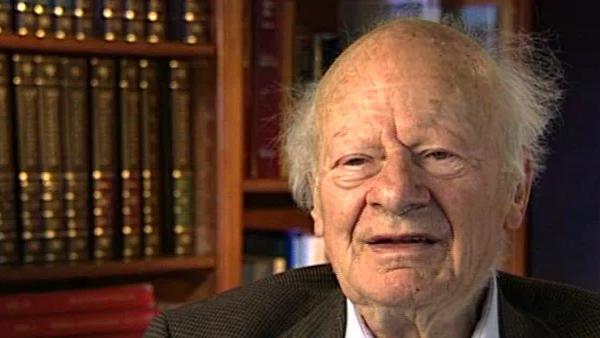NEXT STORY

An upper limit to the mass of a neutron star
RELATED STORIES

NEXT STORY

An upper limit to the mass of a neutron star
RELATED STORIES


|
Views | Duration | |
|---|---|---|---|
| 141. The formation of binary neutron stars | 232 | 01:52 | |
| 142. The statistics of masses of neutron stars | 226 | 01:57 | |
| 143. An upper limit to the mass of a neutron star | 273 | 01:47 | |
| 144. Condensation of K-minus mesons | 213 | 02:59 | |
| 145. How to observe a neutrino | 239 | 02:35 | |
| 146. Trying to observe neutrinos from the sun | 219 | 04:07 | |
| 147. Ray Davis's method of proving neutrinos come from the sun | 206 | 01:55 | |
| 148. How the Kamiokande experiment worked | 213 | 02:26 | |
| 149. Comparing the Kamiokande and Homestake experiments | 285 | 03:01 | |
| 150. Stanislav Mikheyev and Alexi Smirnov's theory | 237 | 02:54 |


The statistics of masses of neutron stars, and it turns out that the couple which was discovered by Taylor have the biggest neutron star masses that are known. One is 1.44 [solar masses], so the masses in the other is, I don't know, 1.42 or something like that. Most of the neutron stars whose mass has been measured are in the range of 1.3, and as far as I am aware there is no neutron star of less than 1.3. Well, maybe 1.2-something.
Now why is that so? I believe that this is... comes from the way neutron stars are produced. They come about by the collapse of a supernova and that collapse occurs when the center part of the star, the part which has been converted into nickel, when that gets bigger then the Chandrasekhar Limiting Mass, which is about 1.4, 1.5 solar masses. So this explains, I believe, why neutron stars don't have any smaller masses.
The late German-American physicist Hans Bethe once described himself as the H-bomb's midwife. He left Nazi Germany in 1933, after which he helped develop the first atomic bomb, won the Nobel Prize in Physics in 1967 for his contribution to the theory of nuclear reactions, advocated tighter controls over nuclear weapons and campaigned vigorously for the peaceful use of nuclear energy.
Title: The statistics of masses of neutron stars
Listeners: Sam Schweber
Silvan Sam Schweber is the Koret Professor of the History of Ideas and Professor of Physics at Brandeis University, and a Faculty Associate in the Department of the History of Science at Harvard University. He is the author of a history of the development of quantum electro mechanics, "QED and the men who made it", and has recently completed a biography of Hans Bethe and the history of nuclear weapons development, "In the Shadow of the Bomb: Oppenheimer, Bethe, and the Moral Responsibility of the Scientist" (Princeton University Press, 2000).
Tags: Joseph H Taylor Jr
Duration: 1 minute, 58 seconds
Date story recorded: December 1996
Date story went live: 24 January 2008